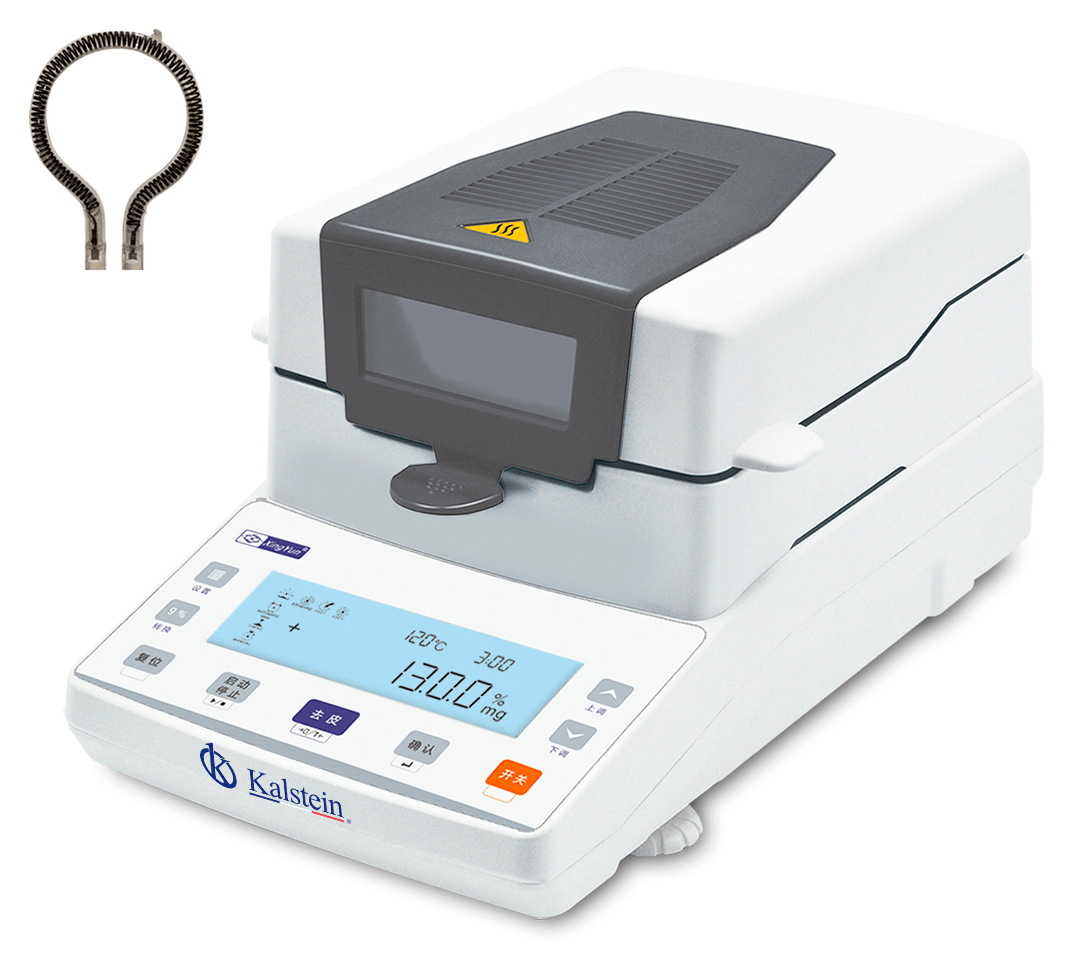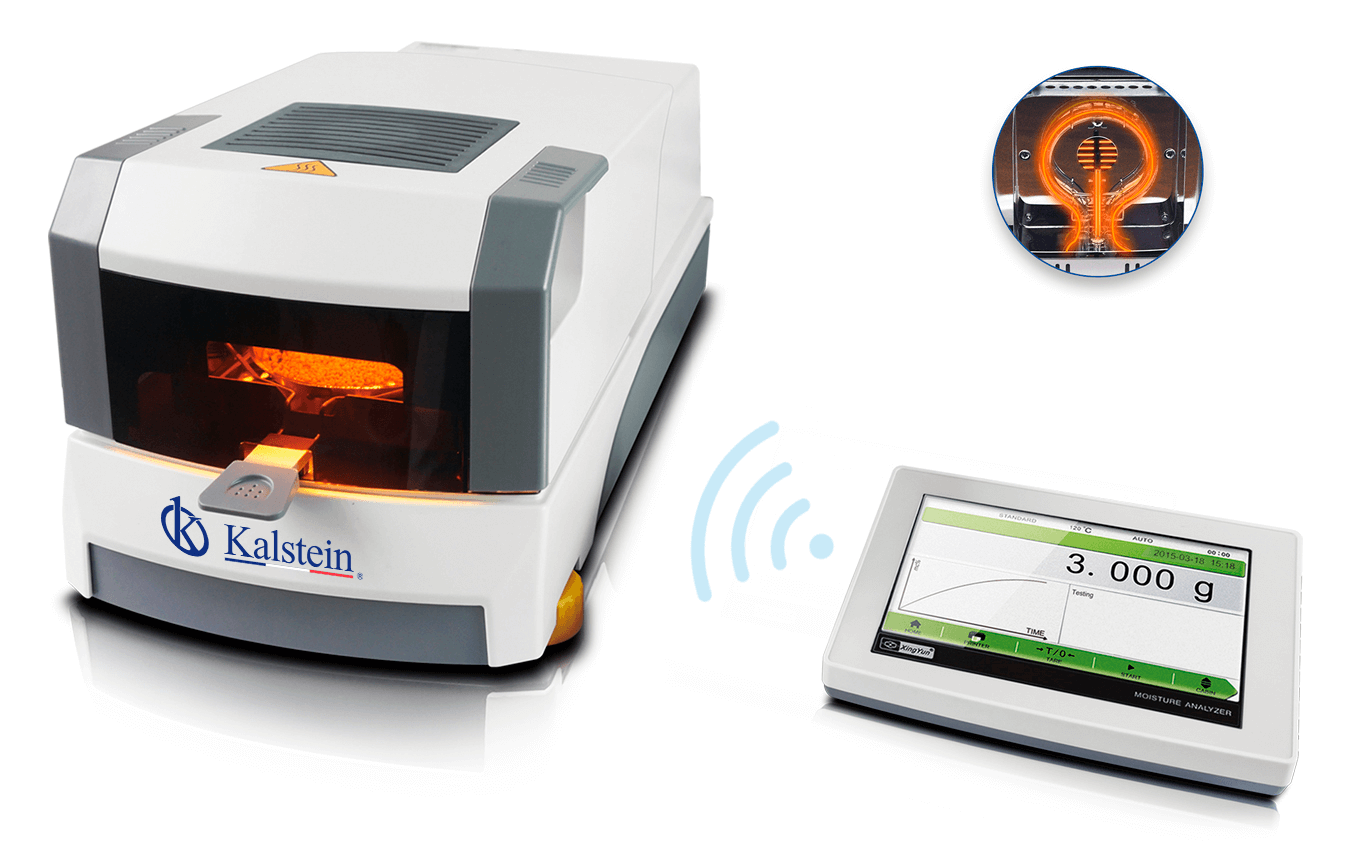Aspiration pneumonia is not an unmistakable entity, but is part of a continuum that also includes extra and intrahospital pneumonias. It is estimated that aspiration pneumonia is responsible for 5 – 15% of cases of community-acquired pneumonia, but there are no figures for in-hospital pneumonia.
The aspiration of a large volume (macroaspiration) of the oropharyngeal or gastrointestinal content is the major cause of aspiration pneumonia. The variables that affect the clinical picture and treatment are bacterial virulence, the risk of repeated episodes and the place where it was acquired (nursing home, hospital or community).
This review focuses on the aspiration that affects the pulmonary parenchyma, mainly aspiration pneumonia and chemical pneumonitis. Aspiration of non-infectious material, such as blood or a foreign body, is also important.
Aspiration pneumonia is an infection caused by specific microorganisms, while chemical pneumonitis is an inflammatory reaction to irritative gastric contents.
According to recent studies in healthy people and experimental animals, the immunological tone of the airways and alveoli seems to be determined by the bacteria that constitute the pulmonary microbiota.
The stability of the microbiome is probably maintained by the balance between immigration and bacterial elimination and by feedback loops. Immigration involves bacterial movement from the oropharynx to the lung, mainly by means of microaspiration and elimination is effected mainly through ciliary elimination and coughing.
A study of aspiration pneumonia in patients in the intensive care unit showed that, in extrahospital cases, the main isolated germs were S. pneumoniae, Staphylococcus aureus, Haemophilus influenzae, and Enterobacteria, while gram-negative bacilli, such as P. aeruginosa, found no anaerobes in intrahospital cases.
Among patients with aspiration pneumonia, gram-negative bacteria were isolated in patients with gastrointestinal disorders, whereas S. pneumoniae and H. influenzae predominated in those with out-of-hospital aspiration episodes.
Aspiration is often the result of a swallowing disorder that allows oral or gastric contents, or both, to enter the lung, especially in patients with ineffective cough reflex.
Large volume aspiration occurs when the patient has dysphagia, head, neck or esophagus cancer, esophageal stricture and esophageal motility disorders, chronic obstructive pulmonary disease or seizures.
In a case-control study with elderly patients with pneumonia and healthy elderly controls, oropharyngeal dysphagia increased the risk of pneumonia and was found in 92% of patients with pneumonia. The results of a videofluoroscopic evaluation showed that 16.7% of patients with pneumonia could swallow well, in relation to 80% of controls.
In survivors of respiratory failure, dysphagia and aspiration were found in at least 20% of patients. The frequency of swallowing dysfunction decreases with time.
An important clinical context for aspiration pneumonia is cardiac arrest. In a study of 641 patients with cardiac arrest, pneumonia appeared within three days after the episode in 65% of patients.
Some studies found that the incidence of early-onset pneumonia decreased among patients receiving antibiotics when they suffered cardiac arrest.
Patients with multiple risks have increased rates of aspiration pneumonia, death and other adverse outcomes. A meta-analysis of studies with frail elderly patients showed that dysphagia increased the odds ratio for aspiration pneumonia by a factor of 9.4, but in the presence also of stroke, the odds ratio increased to 12.9.
Patients with two or more risk factors had a higher incidence of recurrent pneumonia and increased mortality at 30 days and at 6 months.
Knowing the importance of adequate monitoring of the vital signs of patients in intensive care units, in Kalstein we provide excellent vital signs monitors that with the most advanced technology, we invite you to take a look at: HERE



